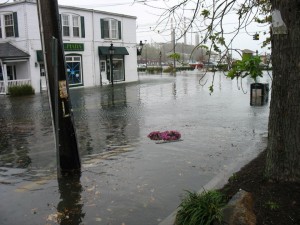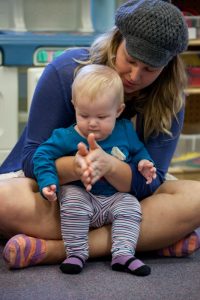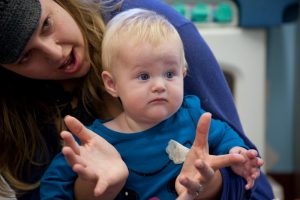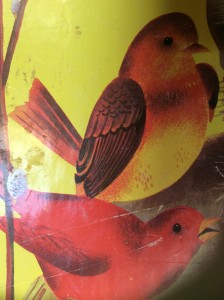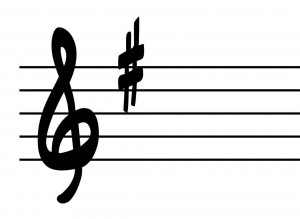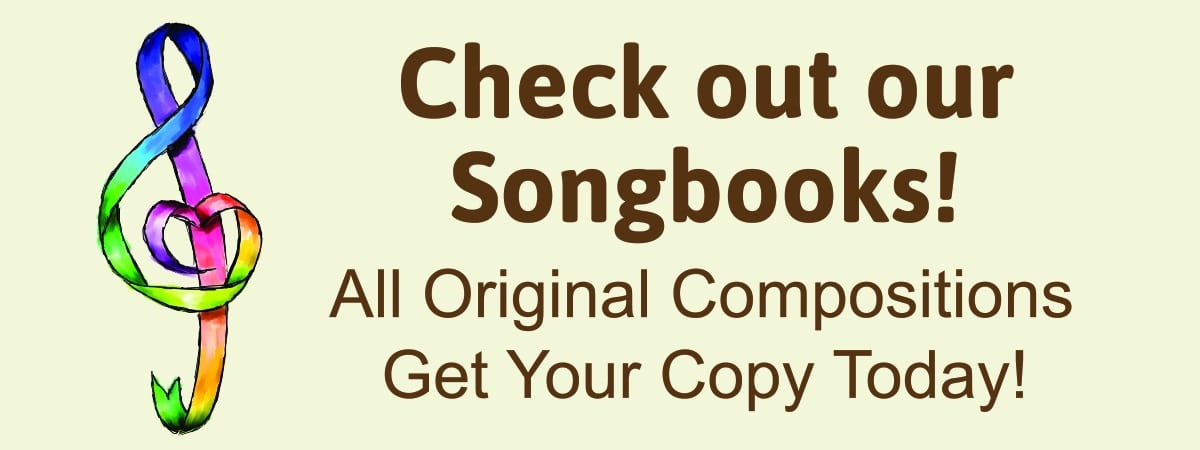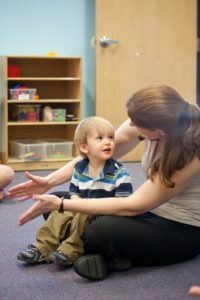 When Meredith and I started Raising Harmony, we were determined to provide solid, effective information on music, young children, and families. After hearing from the 100s of music therapists who have taken the Sprouting Melodies Training, we’ve learned that the training provides so much more. Through taking the training, people have:
When Meredith and I started Raising Harmony, we were determined to provide solid, effective information on music, young children, and families. After hearing from the 100s of music therapists who have taken the Sprouting Melodies Training, we’ve learned that the training provides so much more. Through taking the training, people have:
-
Created new career opportunities in their communities
-
Grew their practice by partnering with neighborhood services
-
Used the Sprouting Melodies concepts and framework to expand and deepen practice for people of all ages
-
Learned how to talk to clients, families, administrators and others about the power of music
-
Discovered new and creative music experiences
What more can you do? Come join us for the next Sprouting Melodies Training and find out.
Click the link below to register for our next course beginning March 30, 2022.
https://raisingharmony.com/training/sprouting-melodies-training-info/
Hope to see you!
Elizabeth
Not ready for this round of training? Visit www.RaisingHarmony.com to download 5 free songs composed specifically for music therapists to learn and use.
